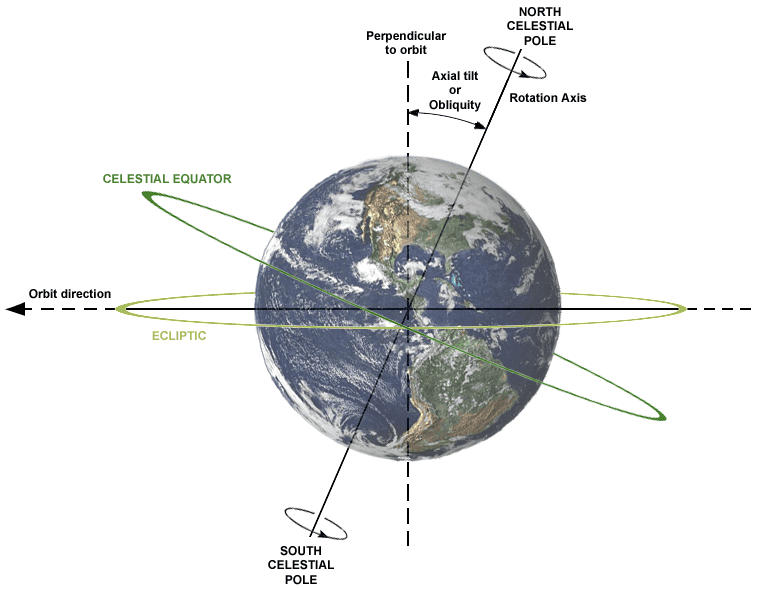Over the last century, Earth’s spin axis has drifted by about ten meters. We know from records of the relative movements of the stars that this shift has been going on for at least thousands of years. Now, scientists have identified three primary factors that equally drive this effect — and human activity is one of them.

The Earth is not a perfect sphere, but rather an oblate spheroid — squashed from the top so the diameter from pole to pole is less than the diameter around the equator. The planet also has ununiform geological features, with some parts of the world covered in vast oceans while others are grooved with tall mountains. Naturally, this leads to weight unbalances across Earth’s surface, which explains why Earth’s spin axis shifts over time — by 4 inches (10.5 cm) every year, judging from measurements made over the 20th century.
Scientists used to think that glacial rebound or isostatic rebound is responsible for much of the planet’s wobble. As glaciers retreat, the ground underneath — suddenly free of all that icy mass — responds like rising bread dough. This is a slow, ongoing process since the end of the last ice 16,000 years ago, when most of the northern hemisphere was covered by glaciers.
However, researchers at NASA’s Jet Propulsion Laboratory have found that glacial rebound is only responsible for about a third of axis wobble per year. The team fed data on land-based ice and ocean water variations over the 20th century into a computer model of Earth’s spin. Other significant factors that were taken into account include human activities such as groundwater depletion or the building of artificial reservoirs.
The results suggest that the melting of Greenland’s ice sheet was responsible for only 1.3 inches (3.5 centimeters) of the shift in Earth’s axis. NASA estimates that 7,500 gigatons of Greenland’s ice have melted into the ocean in the 20th century. Because the ice sheet primarily melted due to greenhouse gases released into the atmosphere, this effect has been directly linked to human activity.
Lastly, convection inside the mantle is responsible for another third of the axial shift. The planet’s mantle is constantly in motion, with hotter material close to the core rising upward while colder material close to the surface sinks. This cycle of vertical motion is also responsible for plate tectonics, vulcanism, or earthquakes.
The NASA researchers say that Earth’s wobble is not dangerous. No calamities should come of it, nor will the climate be affected. The findings, however, are important to scientists, particularly those studying the climate, because they inform where the most important mass transports are happening now. The study also adds to a body of evidence that shows how humans are an important force capable of altering even the planet’s spin.
For more, visit NASA’s interactive polar motion simulation.


